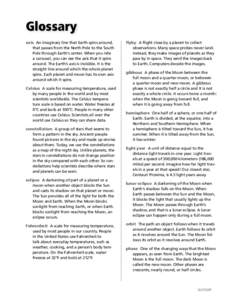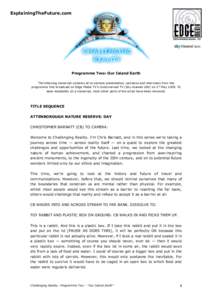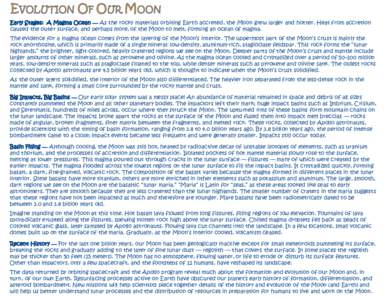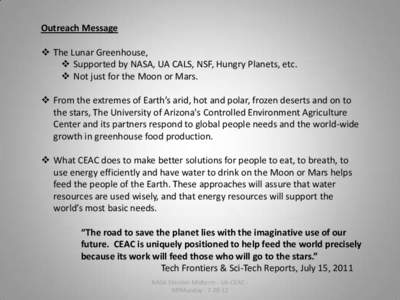21![DAVIDlayout0113_Layout[removed]:20 PM Page 2 Advances in telerobotics are making it possible to conduct remote explorations of distant worlds. Human operators can now control their mechanical surrogates from Earth, a DAVIDlayout0113_Layout[removed]:20 PM Page 2 Advances in telerobotics are making it possible to conduct remote explorations of distant worlds. Human operators can now control their mechanical surrogates from Earth, a](https://www.pdfsearch.io/img/9fd0c54d4f3dab560bf1a1836b5c23e6.jpg) | Add to Reading ListSource URL: lunar.colorado.eduLanguage: English - Date: 2013-01-28 20:28:04
|
|---|
22 | Add to Reading ListSource URL: www.eduplace.comLanguage: English - Date: 2007-01-23 15:36:55
|
|---|
23 | Add to Reading ListSource URL: www.explainingthefuture.comLanguage: English - Date: 2010-01-05 14:00:54
|
|---|
24 | Add to Reading ListSource URL: www.lpi.usra.eduLanguage: English - Date: 2008-11-12 12:27:51
|
|---|
25 | Add to Reading ListSource URL: www.lpi.usra.eduLanguage: English - Date: 2008-11-04 15:54:54
|
|---|
26 | Add to Reading ListSource URL: www.lpi.usra.eduLanguage: English - Date: 2008-11-04 14:52:40
|
|---|
27 | Add to Reading ListSource URL: www.lpi.usra.eduLanguage: English - Date: 2008-11-04 15:53:59
|
|---|
28 | Add to Reading ListSource URL: xrtpub.harvard.eduLanguage: English - Date: 2009-07-22 13:05:55
|
|---|
29 | Add to Reading ListSource URL: ag.arizona.eduLanguage: English - Date: 2012-08-26 15:39:58
|
|---|
30![Hawaiian Astronomical Society P.O. Box[removed]Honolulu, HI[removed]Kepler-186 and the Solar System: This diagram compares our inner solar system to Kepler-186, a five-planet system about 500 light-years from Earth in Hawaiian Astronomical Society P.O. Box[removed]Honolulu, HI[removed]Kepler-186 and the Solar System: This diagram compares our inner solar system to Kepler-186, a five-planet system about 500 light-years from Earth in](https://www.pdfsearch.io/img/5dc6cb5fe1a73145d4766b0df2c2c85a.jpg) | Add to Reading ListSource URL: www.hawastsoc.orgLanguage: English - Date: 2014-06-21 21:19:32
|
|---|